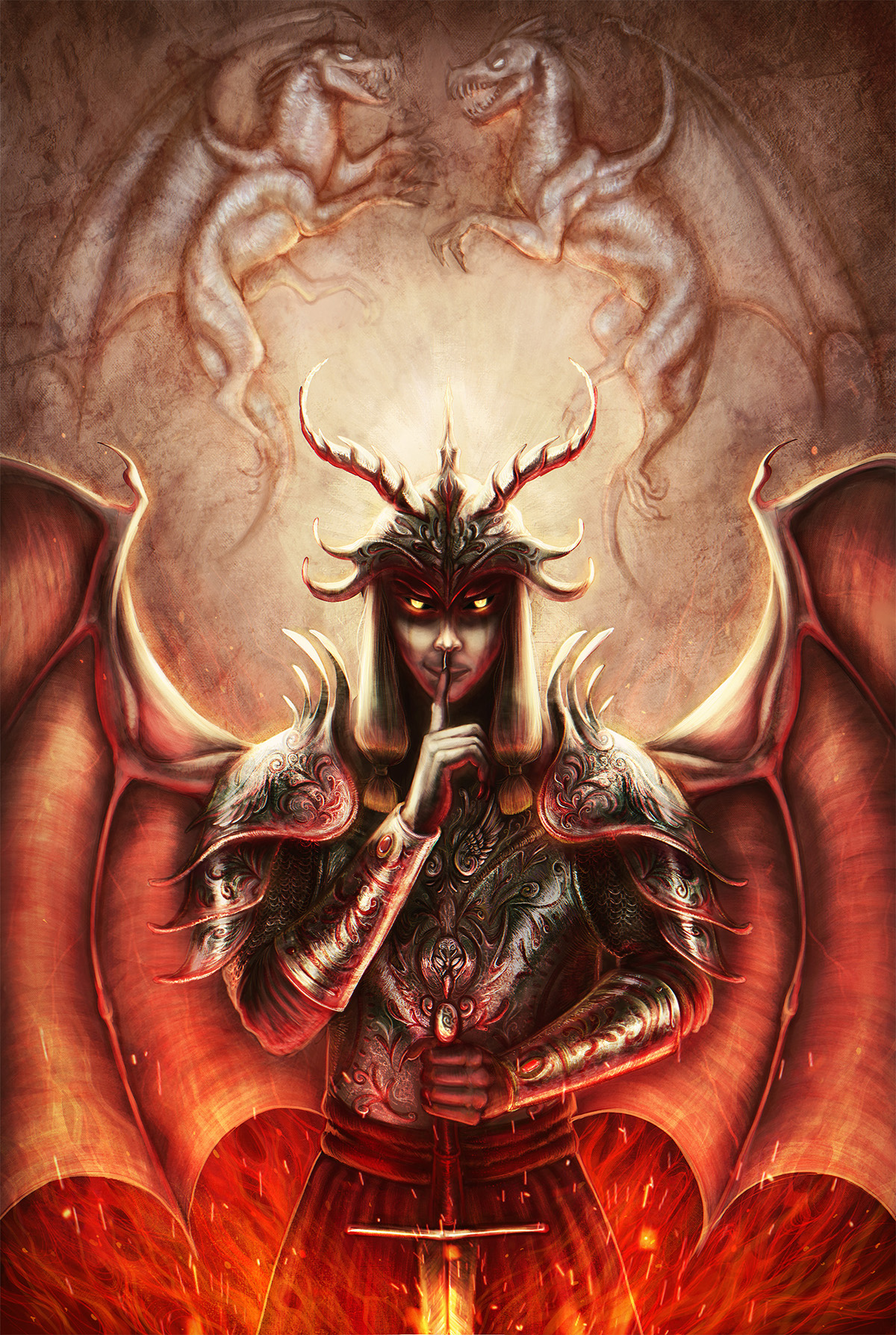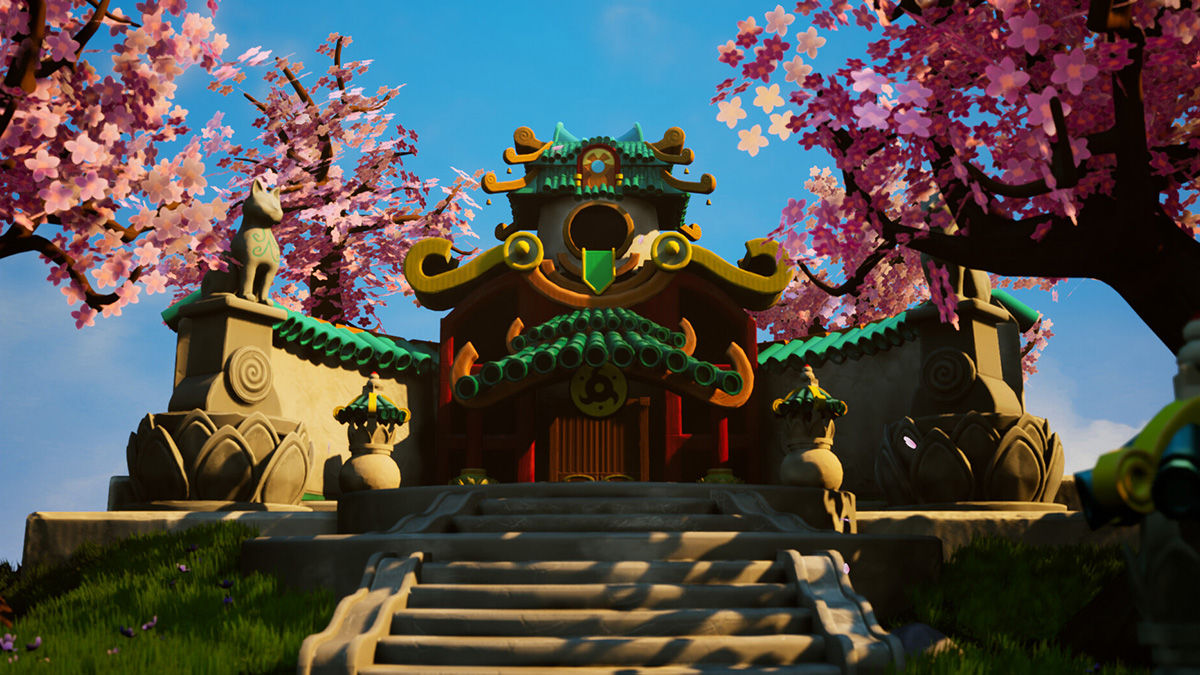Why CG Spectrum is more than just watching video tutorials.
There’s no doubt about it – the visual effects and animation landscape is very different for many of you right now.
If you’ve been thinking about doing some online visual effects, CG or animation study. Either to get started in the industry or to take your existing skills to the next level – one school specializes in delivering comprehensive courses online: CG Spectrum.
And it involves more than simply following online video tutorials and being left to your own devices. CG Spectrum has industry-level mentors leading their courses in VFX, 3D, digital art, game development, and animation. They also do 1-on-1 mentoring and small group classes, which include live lessons as well as recorded mentor critiques. You can study at your own pace, perfect for online.
Let’s dive in to see how it all works, what software and hardware you need, and how to stay motivated while studying this way.
Straight to the point: how online study works at the school
At the beginning of the week, CG Spectrum students watch through pre-recorded lessons that give a detailed brief on their assignment for the week. They use the lesson as a guide to starting their project. Students then upload their work to discuss and review in their mid-week live class, which happens via Zoom.

During the live class, the mentor works through the project file that the student has uploaded and critiques their project using their actual file. “Class sizes are kept small,” notes CG Spectrum founder and CEO Nick Fredin, whose experience includes animator roles at VFX studios ILM and Weta Digital.
“There are never more than 5 students to a mentor, whereas traditional classrooms have 20 to 30 students. We ensure everyone has time to ask questions and get feedback on their work, and no one is lost in the crowd.”
In the online lessons, mentors show the students how they would approach any problems. Fix any mistakes that the student has made on their work. Fredin says this means “students get to see how a professional would solve problems unique to their work in real-time. So they can make the corrections and learn more efficiently.”

There are also 1-on-1 private mentorship options for students who want maximum mentor time. And a curriculum customized for their specific goals.
At the end of the week after addressing any notes they received in the live class. Students upload their files once more to get a final recorded critique for their project. This gives students the opportunity to fix up and minor mistakes and polish their work up for their portfolio.
It’s all online, so what happens with software and hardware?
CG Spectrum has a lot of different courses available in design, animation, VFX and 3D. That means a wide range of tools are used; think Maya, Nuke, Arnold, Houdini, Substance, Photoshop and more. Software licences are included in the course fees, so there are no additional costs involved.

In terms of hardware, that depends on the individual course. As Fredin describes: “We outline the minimum computer requirements on each of the course pages. And whether or not a digital drawing tablet is required. We make it as easy as possible to get set up quickly so students can dive into their first assignment and start creating.”
Staying motivated, remotely
If you’re new to online learning, Fredin acknowledges that it can take just a short while to get used to focusing on the student portal and live video calls. But, he has found, once students get going, “they love studying online! There’s no need to travel to and from school, no transit costs, missed buses, or hunting for parking spots. The time, and money, students save gets funnelled back into learning new job skills and perfecting their craft.”
“Self-guided courses,” continues Fredin, “require a lot of motivation, whereas our courses have live weekly mentor calls and assignment deadlines to keep students focused and on track with their career goals. Mentors check in on students, and are available during the week if needed. There’s also a vibrant online community for students to share work and troubleshoot any issues.”

In fact, that online community is another weapon in CG Spectrum’s arsenal, and might also help allay any initial concerns students may have about missing out on an ‘in-person’ experience. It’s the global nature of the industry that CG Spectrum taps into to actually widen the opportunity to collaborate and learn from others.
“As an international online school,” states Fredin, “the CG Spectrum community gives students the chance to network with peers, alumni and mentors on every continent. Their network has the potential to expand thousands of miles beyond their hometown. Students get direct access to people who are currently working on blockbuster films and AAA games.”
“They can ask questions, get feedback, share resources and learn about job opportunities. And with all time zones covered, there’s usually someone awake and eager to help, regardless of the time!”

How to get hands-on
The whole idea behind CG Spectrum’s courses is about getting hands-on training, and that starts with industry mentorship.
“Students get direct access to award-winning industry experts with years of experience working at major film and game studios,” advises Fredin. “They learn up-to-the-minute techniques and get personalized feedback on their work as they would in an actual studio. This guidance from industry veterans who have worked on blockbuster films and AAA games is invaluable.”
Also Read: How practical and CG combined to tell some seriously ‘Scary Stories’
So, if you’re interested in being part of guided and professional mentor-led courses in VFX, animation, digital painting, game design, and development at CG Spectrum and making yourself industry-ready, head to the Apply Now page to get started.

Sponsored by CG Spectrum:
This is a sponsored article and part of the befores & afters VFX Insight series. If you’d like to promote your VFX/animation/CG tech or service, you can find out more about the VFX Insight series right here.























